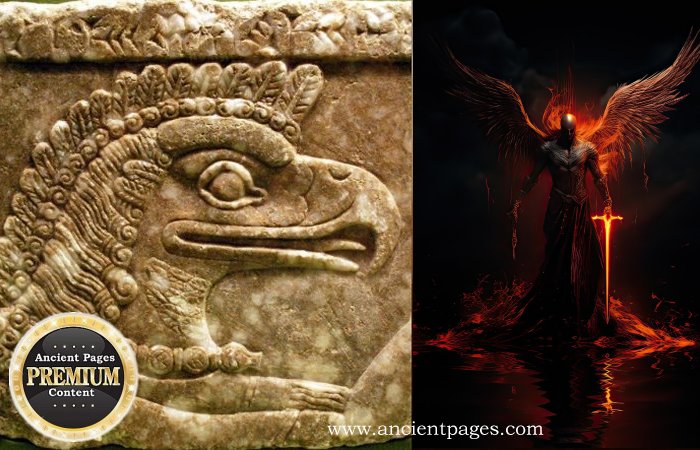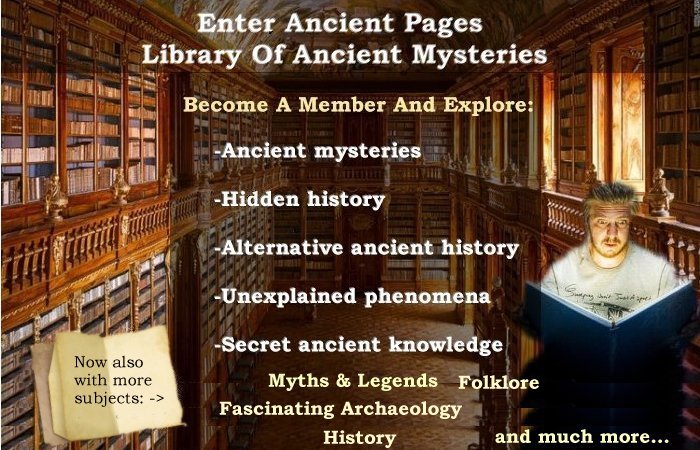Ellen Lloyd - AncientPages.com - In ancient Mesopotamian myth and legends, there are stories about very curious-looking beings known as the Apkallu. These fish-man hybrids, occasionally depicted with bird heads, are a symbol of ancient wisdom. The seven Apkallu were Antediluvian demigods and sages created by the God Enki.
They emerged from the water Abzu, the Ocean of Wisdom, known as the primeval sea below the void space of the underworld (Kur) and the earth (Ma) above. Enki, a brilliant scientist, geneticist, and engineer, was a Sumerian water god of Eridu, located in the southern wetlands of Iraq.
Known under other names, such as the Akkadian-Babylonian Ea, God Enki was considered the creator of mankind.
In the Erra Epic, Marduk specifically asks for the Seven Sages by saying, "Where are the Seven Sages of the Apsu, the pure puradu fish, who just as their lord Ea, have been endowed with sublime wisdom?"
The Apkallu are often referred to as the Seven Sages, and their duty was to assist the God Enki and introduce art and learning to humans.
This is a preview of our premium article available only to members of Ancient Pages.
Become a member to read more - Click here
If you are already a member and have logged in to your account, you can access the article here
See also:
Secrets Of Hermes Trismegistus Who Brought Divine Wisdom To Mankind
The Strange Visions Some Experience Inside?
More From Ancient Pages Library Of Ancient And Unexplained Mysteries








